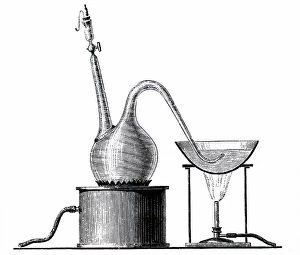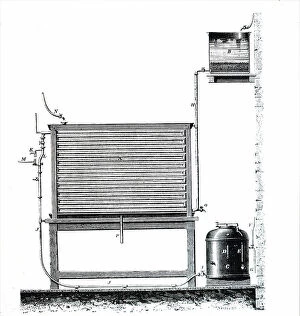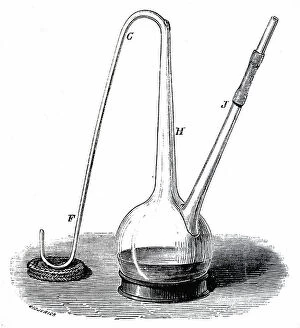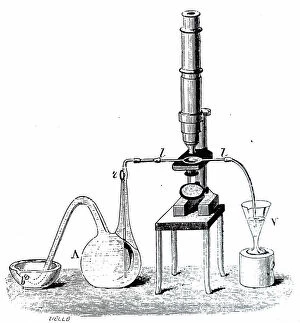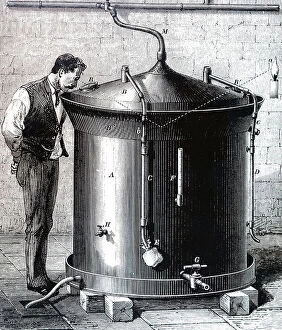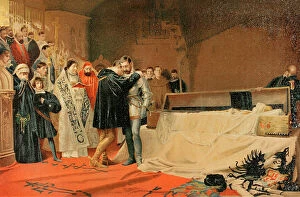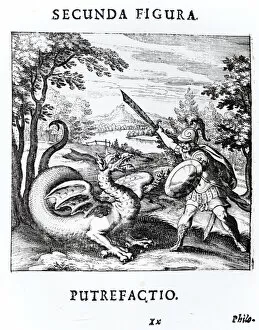Putrefaction Collection
Amidst the solemn halls of the 16th century, Saint Francis Borgia, Marquis of Lombay, pondered the enigma - the natural yet unsettling process of decay
For sale as Licensed Images
Choose your image, Select your licence and Download the media
Amidst the solemn halls of the 16th century, Saint Francis Borgia, Marquis of Lombay, pondered the enigma - the natural yet unsettling process of decay. In the hushed chambers of his alchemical laboratory, he studied intricately detailed illustrations from 'La Cle de la Grande Science' (The Key to the Great Science), seeking answers to the mysteries of life and death. The image of The Body of the Dead Christ, with its grotesque yet awe-inspiring depiction of decay, served as a constant reminder of the transient nature of human existence. Elsewhere, a brave knight, armed with the sword of knowledge, engaged in an epic battle against Rot, personified as a monstrous dragon in a painting from Musaeum. The knight's determined gaze and outstretched arm symbolized the human spirit's unwavering resolve to conquer the fear of decay and embrace the cycle of life. Through the lens of art and science, these powerful symbols continue to inspire awe and fascination, reminding us of the delicate balance between life and death.

